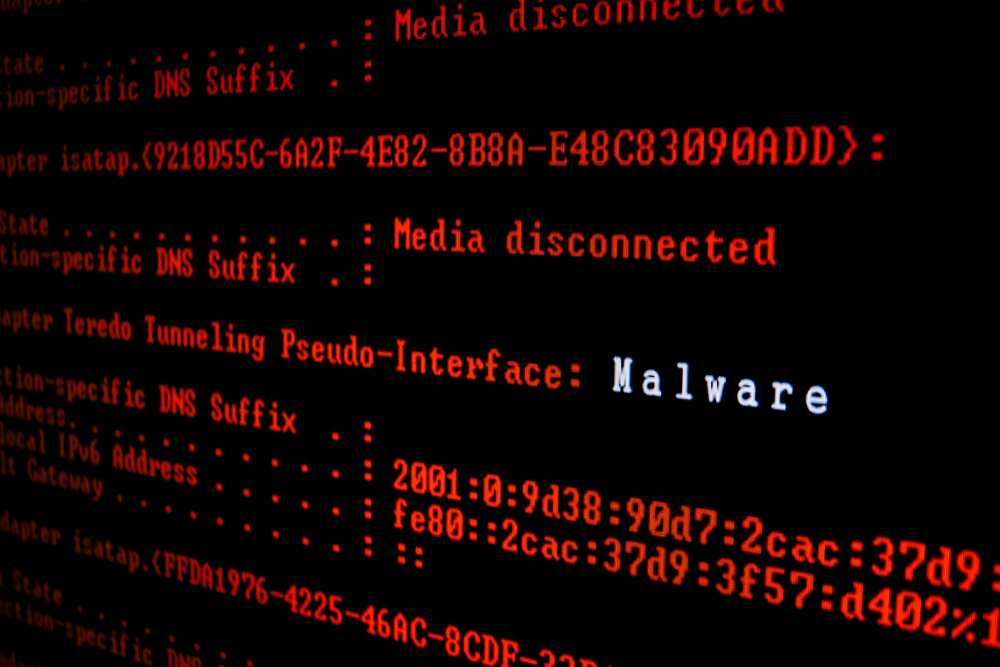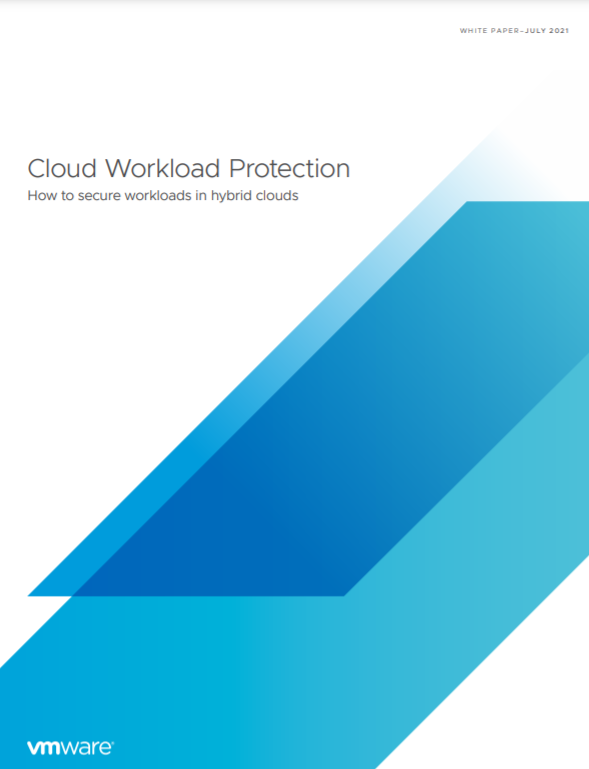FontOnLake: "Sophisticated" malware targets Linux systems
The malware stands out for its ability to maintain persistence on the infected system


Security researchers have uncovered new malware dubbed “FontOnLake” that is being used in a new campaign that targets Linux systems.
Present since at least May 2020, according to samples uploaded to VirusTotal, the malware stands out for its ability to maintain persistence on the infected system and for the sophistication of its design.
Its installation is done through modified and trojanized versions of popular Linux commands, normally present in the coreutils package or installed by default on some systems. These commands include cat, kill, sftp, and sshd, and often launch at system startup and allow the malware to be persistent. They are also used to install custom backdoors and rootkits.
Researchers have discovered three custom backdoors written in C ++, which are related to FontOnLake malware and provide operators with remote access to the infected system.
“All the trojanized files are standard Linux utilities and each serves as a persistence method because they are commonly executed on system start-up. The initial way in which these trojanized applications get to their victims is not known,” said Vladislav Hrčka, malware analyst and reverse engineer at ESET.
Once the malware is on the system, it uses the installed backdoors to retrieve credentials and Bash history, and then sends them to its command and control (C&C) server. The rootkits in turn are used to allow malware to hide its existence and activities on the system of the victim.
RELATED RESOURCE

The communication between trojanized apps and rootkit is done through a virtual file created by the latter. An operator can read or write data to this file and extract it from the backdoor component.
Sign up today and you will receive a free copy of our Future Focus 2025 report - the leading guidance on AI, cybersecurity and other IT challenges as per 700+ senior executives
Researchers suspect that FontOnLake is being used for targeted attacks. Its creators are also careful: different C&C servers are used in each of the samples on VirusTotal and have since been deactivated. Analysis seems to indicate that the virus is present in Southeast Asia. Some of the samples show that Debian and CentOS are among the targeted distributions.
ESET says FontOnLake may be the same malware that was previously analyzed by researchers at the s Tencent Security Response Center, Avast, and Lacework Labs.
“Companies or individuals who want to protect their Linux endpoints or servers from this threat should use a multilayered security product and an updated version of their Linux distribution,” said Hrčka.
Rene Millman is a freelance writer and broadcaster who covers cybersecurity, AI, IoT, and the cloud. He also works as a contributing analyst at GigaOm and has previously worked as an analyst for Gartner covering the infrastructure market. He has made numerous television appearances to give his views and expertise on technology trends and companies that affect and shape our lives. You can follow Rene Millman on Twitter.
-
 How SMBs can DIY their IT implementation and support
How SMBs can DIY their IT implementation and supportFeature For some small and medium-sized businesses, the third-party expertise and support might be out of reach. What’s the alternative?
-
 What the fragmentation of UC means for the channel
What the fragmentation of UC means for the channelIndustry Insights If communications are becoming fragmented, what does that mean for MSPs and VARs?
